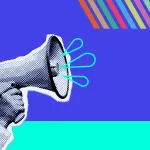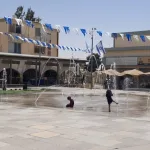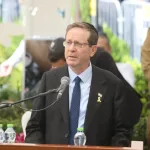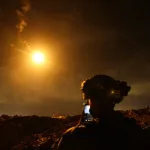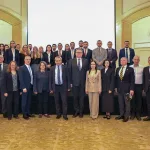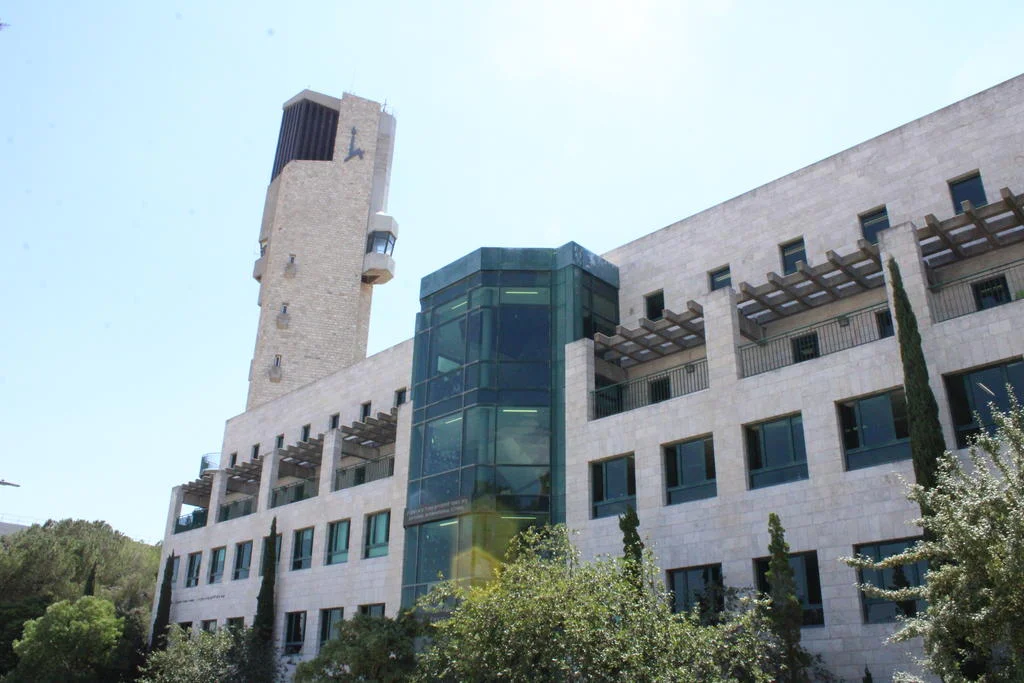Jerusalem, 24 November, 2025 (TPS-IL) — A study that could influence everything from child development research to the design of more natural-sounding AI argues that human language arose not from one evolutionary breakthrough but from the gradual convergence of biological capacities and cultural learning, according to Israeli scientists.
For centuries, scientists and philosophers have sought to explain how humans evolved the ability to speak, create grammar, and share meaning. Despite language being one of the defining traits of the human species, its roots have remained elusive.
Scientists at the Hebrew University of Jerusalem attempted to break the impasse by bringing together findings from linguistics, psychology, genetics, neuroscience, and animal communication, creating what the authors describe as a unified framework for understanding language evolution.
Their study, recently published in the peer-reviewed Science journal, argues that language must be understood as a biocultural phenomenon built from multiple evolutionary threads rather than a single origin point.
“Crucially, our goal was not to come up with our own particular explanation of language evolution,” said first author Inbal Arnon of the Hebrew University of Jerusalem. “Instead, we wanted to show how multifaceted and biocultural perspectives, combined with newly emerging sources of data, can shed new light on old questions.”
The researchers argue that no isolated biological or cultural capacity can explain the emergence of language. Human communication, they say, arose from the intersection of abilities such as producing novel sounds, recognizing patterns, forming complex social bonds, and transmitting knowledge within and across generations. This interaction between biology and culture, they believe, is essential for understanding how language became the richly structured system humans use today.
“The multifaceted nature of language can make it difficult to study, but also expands horizons for understanding its evolutionary origins,” said co-author Simon Fisher of the Max Planck Institute for Psycholinguistics and Radboud University. “Rather than looking for that one special thing that singles humans out, we can identify different facets involved in language, and productively study them not just in our own species but also in non-human animals from different branches of the evolutionary tree.”
The authors caution that research has sometimes stalled because different scientific disciplines examined language in isolation. They argue that advancing the field requires an integrated approach capable of capturing the full range of biological and cultural forces that shape communication.
To illustrate the value of their framework, the paper examines three areas where a biocultural perspective helps clarify long-standing questions.
One focus is vocal learning, a skill crucial for human speech but limited among our closest primate relatives. Species such as birds, bats, and whales show far stronger vocal-learning abilities, and the authors say those comparisons offer key insights into human speech.
The research also highlights the slow emergence of linguistic structure, saying grammar took shape over generations through repeated use and cultural transmission, a process evident in the development of new sign languages and in laboratory simulations.
The study also points to the social foundations of language, noting that humans’ strong inclination to share information underpins communication yet appears rarely in other animals.
The findings offer several practical implications. For early childhood language interventions, the framework suggests that difficulties in speech or comprehension may arise from different underlying facets — such as vocal learning, pattern recognition, or social motivation — allowing clinicians to target therapies more precisely rather than treating language as a single, uniform skill.
The study also has relevance for artificial intelligence, indicating that communication systems become complex not through one breakthrough but through gradual cultural transmission and social interaction. AI models designed to learn in more interactive, human-like ways could develop more natural communication abilities.
Additionally, the biocultural approach may help researchers better understand and diagnose communication disorders by showing which specific components of language break down in conditions such as autism, developmental language disorder, or aphasia, leading to more focused and effective treatments.



